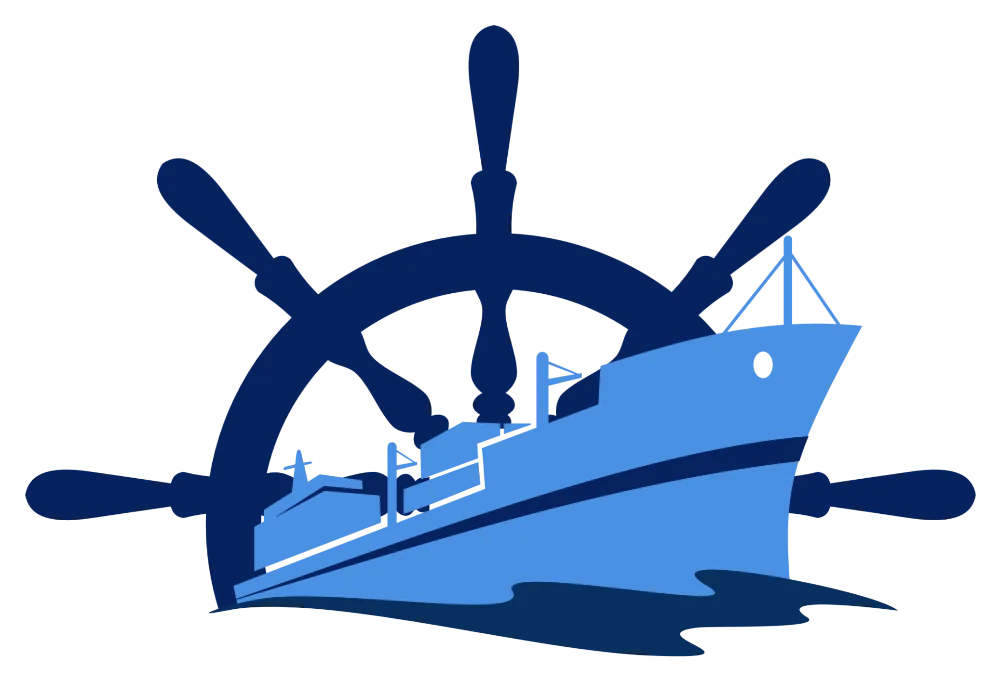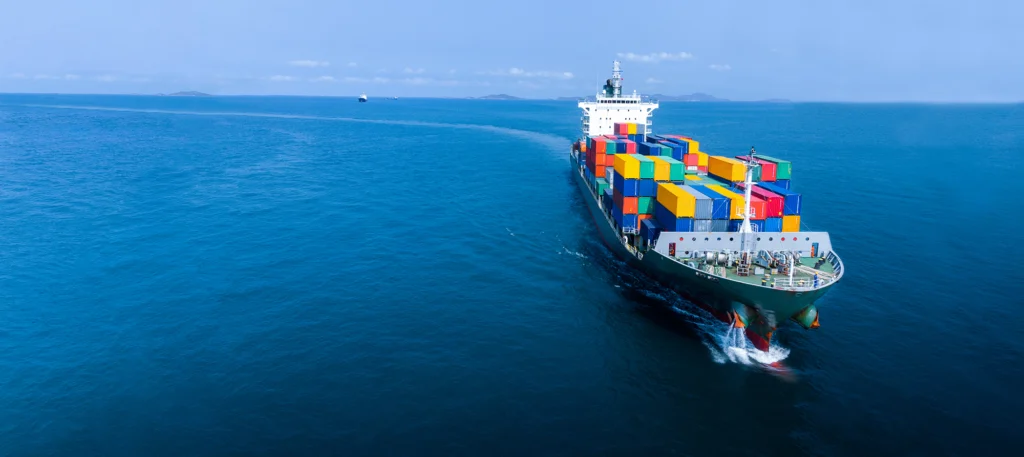The Caspian Sea: The World’s Largest Lake and Its Strategic Importance
The Caspian Sea, the largest lake in the world by surface area, is located in a strategically significant region that not only harbors abundant natural resources but is also recognized as a key route for international trade. This lake serves as a natural border between five countries (Iran, Russia, Kazakhstan, Turkmenistan, and Azerbaijan), which are directly engaged in economic and political interactions with each other.
Geographic Features and Natural Resources
Geographically, the Caspian Sea is predominantly surrounded by arid and semi-arid regions, yet it features a remarkable variety of ecosystems, including wetlands and sandy shores, around its perimeter. The Caspian Sea’s waters are primarily replenished by rivers, particularly the Volga River, making it a vital source of freshwater for the region.
The natural resources of the Caspian Sea include vast reserves of oil and gas, which are of great economic importance to the bordering countries. These resources have been a part of the global economic agenda for centuries, and in recent decades, disputes surrounding their extraction and utilization, especially in the peripheral regions of the lake, have arisen. In addition to oil and gas, the Caspian also contains other natural reserves such as fish and salt, which contribute significantly to the local economy.
Commercialization of the Caspian Sea
One of the most important economic aspects of the Caspian Sea is maritime trade. The ports and harbors in the surrounding countries play a crucial role in the transportation of goods. The Caspian Sea serves as a transit route for the movement of goods via commercial ships and oil tankers, making it of particular importance. Notable ports include Turkmenbashi Port in Turkmenistan, Bandar Anzali in Iran, Aktau Port in Kazakhstan, and Baku Port in Azerbaijan, each of which plays a key role in facilitating trade and transportation in the region.
Maritime trade in the Caspian Sea is especially significant in terms of the export and import of oil and gas, minerals, and other goods. The proximity of the Caspian to large markets in Central Asia and Eastern Europe further increases its importance. Additionally, exports of goods such as handicrafts, agricultural products, and fisheries represent other important aspects of maritime trade in the region.
Environmental Issues and Challenges
While the Caspian Sea holds great importance for its natural resources, its environmental condition also raises significant concerns. Water pollution, declining water levels, climate change, and environmental changes have particularly impacted fisheries and aquatic ecosystems. Crises such as the decline in fish populations, especially species like sturgeon, represent major threats to the livelihoods of the communities living around the Caspian.
Caspian Sea Coastal Ports
Among the Caspian Sea’s coastal ports, the port of Baku in Azerbaijan stands out as one of the most important and advanced, recognized as a commercial and industrial hub. Bandar Anzali in Iran and Turkmenbashi in Turkmenistan are also of considerable significance, serving as logistical centers for the export of oil and other goods.
These ports, in addition to their role in maritime trade, are also recognized as economic growth centers in their respective countries, facilitating commercial exchanges between various regional nations.
Ultimately, a more detailed examination of the maritime trade and the status of coastal ports on the Caspian Sea can contribute to the sustainable development of the region, particularly in the economic, commercial, and environmental sectors.

